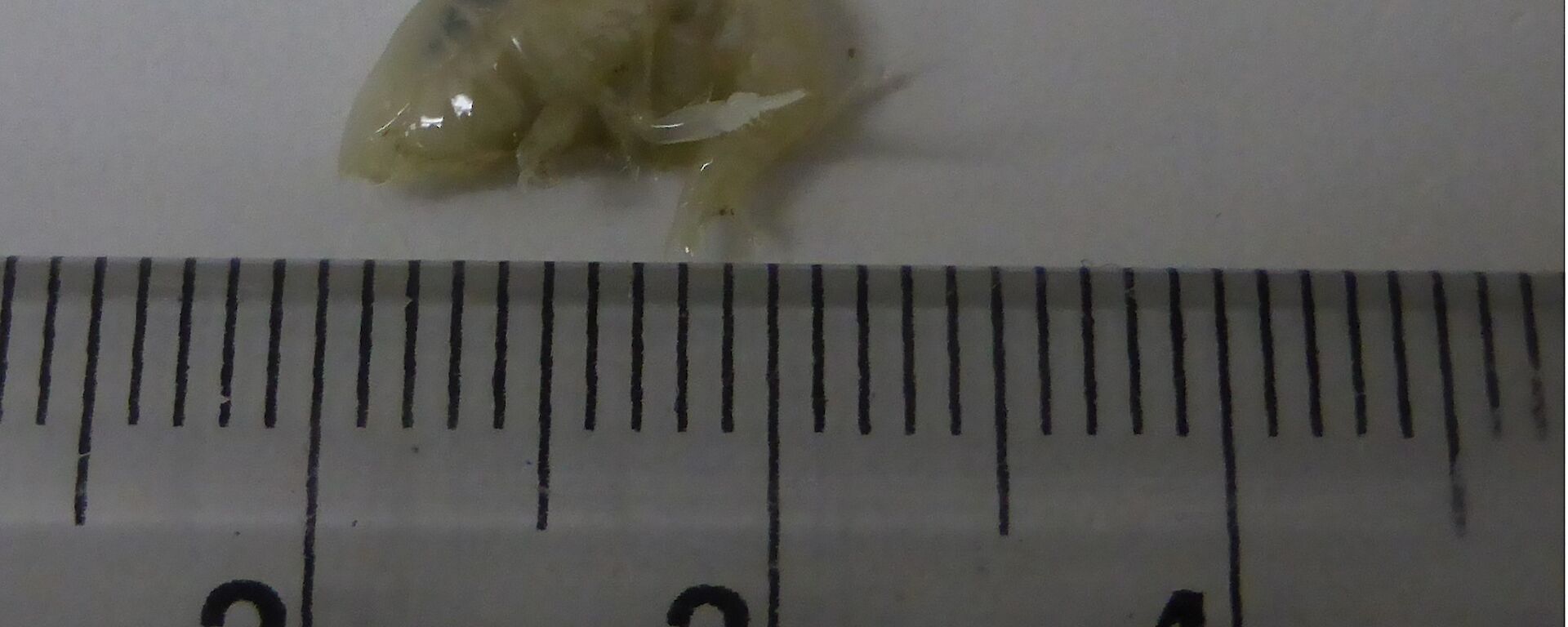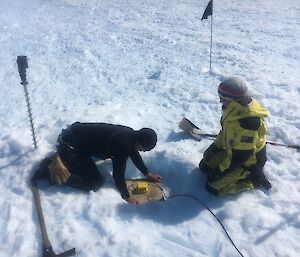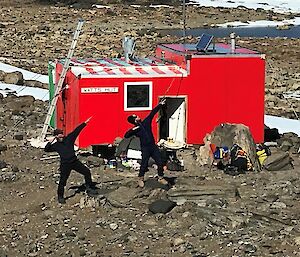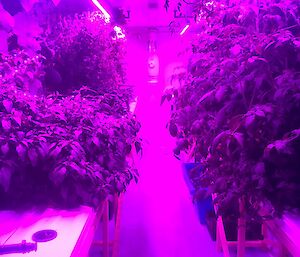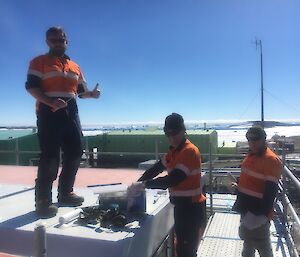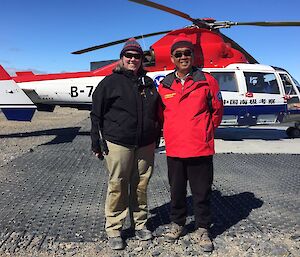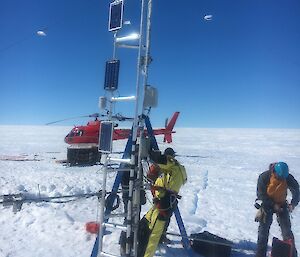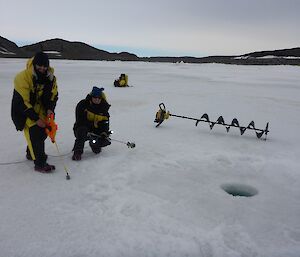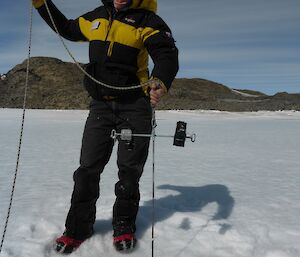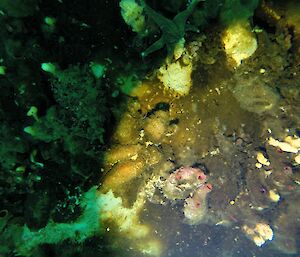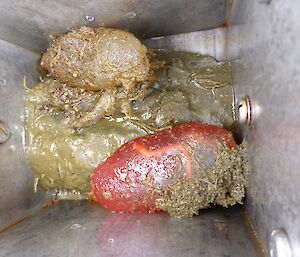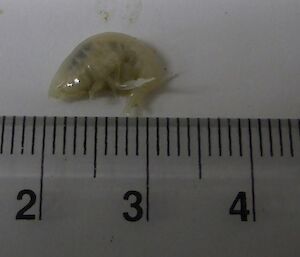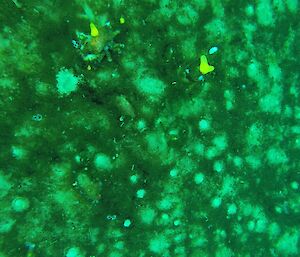The last week has seen great results on our projects with many well on the way in terms of achieving objectives. On the Sørsdal Glacier the science and operations team has combined to install a whole range of equipment at different sites in order to better understand glacier dynamics and the relationship with sea level rise. Seismometers, snow accumulation loggers, GPS equipment and a multitude of other data collectors are now on the glacier.
The Mount Brown team have drilled over 200m of ice core now with still more to come in their final few weeks in the field. Not to be outdone, the crew working on the year round aviation access has drilled over 80m of rock core as part of their geotechnical investigations.
The Infrasound project have completed installation of the system and now have the big job of calibration and commissioning before the end of the summer.
Huge kudos to Nigel and the AGSO (Aircraft Ground Support Officer) team (Am, Trevor, Jenn and Deano) for completing a marathon drum crushing operation with 1270 drums crushed with a maximum of 250 in a single day. Surely worthy of the Guinness Book of Records!
Also on station the trade team have installed a waterproof roof barrier on one of our accommodation buildings. The roof allows snow melt to pool and then leak through to the rooms below during summer, so the guys have put what I think of as a wetsuit over the roof to fully waterproof it. No sooner has this been finished than the scaffold has been moved to the next project on the roof of the living quarters.
It was great to get a visit from our neighbours from the Chinese station during the week as well. 10 CHINARE expeditioners came by helicopter from Zhongshan station, about 100km away, for a station tour and lunch.
Out in the field the trade team also kicked off the hut maintenance program with a maintenance blitz at Watts Hut. More to follow on this work in a future edition.
And finally this week, just in case anyone worries we don’t get fed well (can’t imagine you would!) I thought I’d highlight the amazing fresh produce that Ali and the hydroponics team here produce. In a purpose built facility they grow all sorts of greenery goodness that our Chef’s turn into a multitude of really tasty salads. Thanks to everyone involved!
By Robb Clifton, Station Leader

